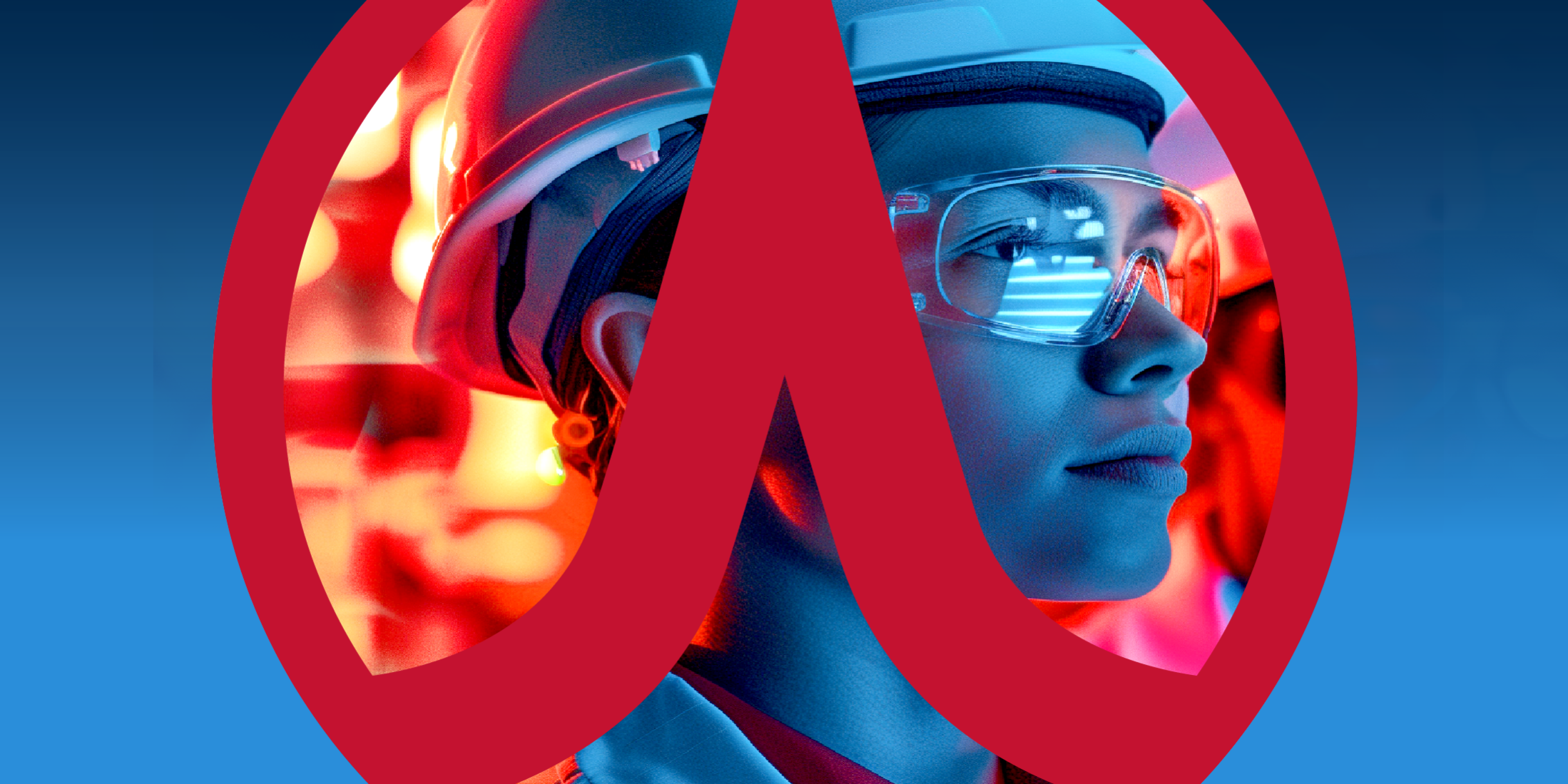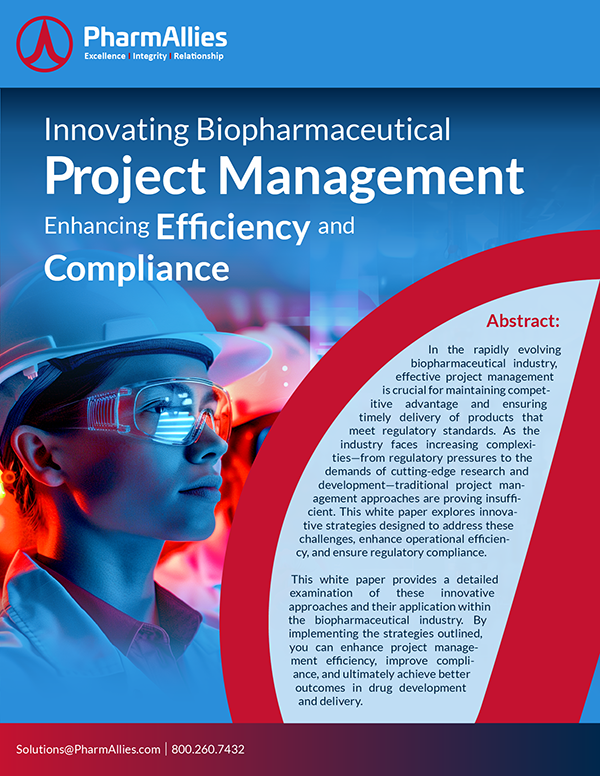Balancing Innovation with Regulatory Compliance in Biopharmaceutical Projects
Introduction
Innovation is the lifeblood of the biopharmaceutical industry. It’s what drives the development of new therapies, improves patient outcomes, and pushes the boundaries of what’s possible in medicine. However, with innovation comes the challenge of navigating an increasingly complex regulatory landscape. Striking the right balance between fostering innovation and ensuring regulatory compliance is one of the most critical and challenging aspects of biopharmaceutical project management.
Throughout my career, I’ve witnessed firsthand the tension between these two essential forces. On the one hand, there’s the drive to push forward with groundbreaking ideas; on the other, the need to adhere to regulations that ensure the safety, efficacy, and quality of biopharmaceutical products. As someone who holds a PMP certification and has managed numerous projects in this space, I’ve developed strategies to help navigate this delicate balance. In this article, I’ll share my insights on how to effectively manage innovation while maintaining regulatory compliance in your biopharmaceutical projects.
The Importance of Innovation in Biopharma
Innovation as a Driver of Progress
Innovation is what propels the biopharmaceutical industry forward. It’s the catalyst for developing new treatments, improving existing therapies, and ultimately, making a difference in the lives of patients. Without innovation, the industry would deteriorate, and advancements in healthcare would slow to a crawl.
In my experience working across manufacturing, packaging, quality system, and validation, I’ve seen how the integration of new technologies and approaches can enhance efficiency, improve product quality, and speed up time to market. Whether it’s implementing advanced manufacturing techniques or optimizing validation processes, innovation allows biopharma companies to stay competitive and deliver better, faster, and more reliable therapies to patients.
However, with innovation comes the responsibility of adhering to regulatory frameworks. The challenge lies in navigating these regulations while pushing forward with groundbreaking ideas. Striking the right balance between compliance and innovation is essential to ensure both the safety of the product and the success of the project. This balance is what enables progress to continue without compromising the integrity of the processes or products.
The Challenge of Innovating Within a Regulated Environment
While innovation is essential, it often involves venturing into the unknown, which can be at odds with the rigid frameworks of regulatory compliance. Regulatory bodies like the FDA and EMA are tasked with ensuring that all biopharmaceutical products meet strict safety and efficacy standards before they reach the market. This means that any innovation must be thoroughly vetted, tested, and documented, a process that can be time-consuming and complex.
In my career, I’ve encountered projects where innovative approaches clashed with existing regulatory guidelines, leading to delays and, in some cases, the need to reevaluate the entire project strategy. These experiences underscored the importance of understanding how to navigate regulatory requirements while still pushing forward with innovative ideas.
Navigating Regulatory Compliance
Understanding the Regulatory Landscape
To successfully balance innovation with regulatory compliance, it’s essential to have a deep understanding of the regulatory landscape. This includes not only knowing the current regulations but also being aware of how they might evolve. Regulatory bodies are constantly updating their guidelines in response to new scientific developments, and staying ahead of these changes is crucial.
One strategy I’ve found effective is maintaining close communication with regulatory experts and staying engaged with industry groups that monitor regulatory trends. By doing so, you can anticipate changes and adjust your project plans accordingly, rather than being caught off guard by new requirements.
Engaging with Regulatory Bodies Early and Often
A key strategy for balancing innovation with regulatory compliance is early and proactive engagement with regulatory bodies. From my experience, involving regulators early in the development process helps clarify expectations and ensure your project aligns with current guidelines. This approach allows you to identify potential compliance challenges before they become significant obstacles, enabling smoother progress as the project advances.
Establishing open communication channels with regulators early on can also foster a collaborative relationship, where you can discuss your approach and gather insights. By incorporating regulatory feedback at the beginning stages, you can adjust your strategy as needed, minimizing the risk of setbacks later in the project. This proactive approach ensures your innovative solutions are developed in line with regulatory expectations, ultimately reducing delays and streamlining the approval process.
Documenting and Justifying Innovation
When pursuing innovative approaches, meticulous documentation is essential. Regulators require comprehensive evidence to support the safety, efficacy, and quality of your innovation, and this means maintaining detailed records of every step, from concept to validation. Proper documentation serves not only as proof of compliance but also as a defense for the decisions made throughout the project.
It’s critical to provide robust scientific evidence to justify your innovative approach, ensuring that all testing and validation activities are thoroughly documented. This includes detailed records of your methodologies, rationales for key decisions, and the data supporting the effectiveness and safety of your innovation. By investing in thorough documentation, you build a strong foundation for regulatory submissions, which can significantly streamline the approval process and reduce the risk of delays during audits or reviews.
In the biopharmaceutical industry, where innovation often intersects with strict regulations, having detailed and well-organized documentation ensures that both your innovative advancements and compliance measures are fully transparent and defensible.
Strategies for Balancing Innovation and Compliance
Developing Adaptive Compliance Frameworks
An effective strategy for balancing innovation and regulatory requirements is developing adaptive compliance frameworks. These frameworks provide the necessary flexibility to navigate changing conditions without sacrificing regulatory adherence. The key is to create a system that allows for adjustments based on new data or evolving project needs while ensuring that compliance is maintained at every stage of the project.
Regular checkpoints are integral to this approach, where project teams can review both the current regulatory landscape and project progress. These reviews allow for real-time adjustments to ensure that your innovative processes remain aligned with regulatory expectations. By continuously integrating compliance into your project lifecycle, you enable innovation to thrive without introducing unnecessary risks or delays.
This adaptive framework approach ensures that as your project evolves, your regulatory strategy evolves with it, allowing you to innovate confidently while staying within the boundaries of compliance.
Prioritizing Risk Management
Innovation inevitably involves risk, particularly in a highly regulated industry like biopharma. A strong risk management strategy is critical to successfully balancing innovation with regulatory compliance. This means identifying potential risks early and implementing proactive measures to mitigate them before they escalate into significant issues.
Regular risk assessments are essential to this process. By continually evaluating the project at key milestones, you can identify emerging challenges and adjust your approach accordingly. This helps ensure that innovation can proceed without compromising compliance or derailing timelines. A proactive, structured risk management strategy allows you to navigate the uncertainties of innovation while maintaining control over the project’s regulatory and operational requirements.
Fostering a Culture of Compliance and Innovation
Creating a culture that values both compliance and innovation is critical for the success of biopharmaceutical projects. This means fostering an environment where team members feel empowered to explore new ideas while also understanding the importance of adhering to regulatory requirements.
I’ve found that clear communication is key to building this culture. In one project, we implemented regular training sessions where we discussed the importance of compliance in the context of our innovative goals. These sessions helped the team understand that compliance was not a barrier to innovation but a necessary component of bringing innovative products to market successfully.
The Role of Collaboration
Working with Cross-Functional Teams
Balancing innovation and compliance requires close collaboration between cross-functional teams, including R&D, regulatory, clinical, and quality assurance. Each team brings a different perspective, and effective collaboration ensures that all aspects of the project are aligned.
In one project, I managed a team that included members from various departments, each with their own priorities and concerns. By facilitating regular cross-functional meetings, we were able to ensure that everyone was on the same page and that our innovative approach was fully supported by strong compliance measures. This collaboration was key to the project’s success.
Leveraging External Expertise
In certain projects, bringing in external experts can provide crucial insights and guidance, particularly when navigating complex regulatory landscapes. This can involve engaging consultants with specialized regulatory knowledge or forming partnerships with industry experts or academic institutions who have experience with specific technologies.
For instance, during a large-scale decommissioning project I managed, we collaborated with external experts who had deep experience in regulatory compliance and decommissioning best practices. Their guidance helped us streamline the process and ensured that we met all regulatory requirements while maintaining efficiency. This collaboration allowed us to address challenges proactively, reducing the risk of compliance issues and avoiding delays, while ensuring that the decommissioning was carried out effectively and in alignment with regulatory expectations. Leveraging such expertise can be instrumental in balancing innovation with compliance, especially in highly regulated environments like biopharma.
Conclusion
Balancing innovation with regulatory compliance in biopharmaceutical projects is undoubtedly challenging, but it’s also essential for driving progress in this highly regulated industry. By understanding the regulatory landscape, engaging with regulators early, and developing adaptive compliance frameworks, you can foster innovation while ensuring that your projects meet all necessary regulatory requirements.
Throughout my career, I’ve seen how a strategic approach to managing this balance can lead to successful project outcomes. By prioritizing risk management, fostering a culture that values both innovation and compliance, and leveraging the strengths of cross-functional teams, you can navigate the complexities of biopharmaceutical project management and bring innovative therapies to market more effectively. As you continue to drive innovation in your projects, remember that regulatory compliance is not an obstacle but a critical component of the process. With the right strategies in place, you can achieve the perfect balance, ensuring that your innovative ideas not only reach the market but do so in a way that is safe, effective, and compliant.



